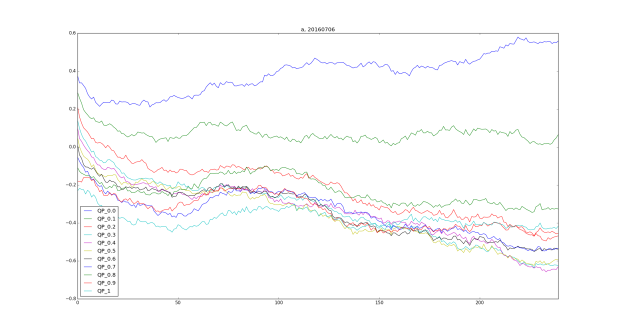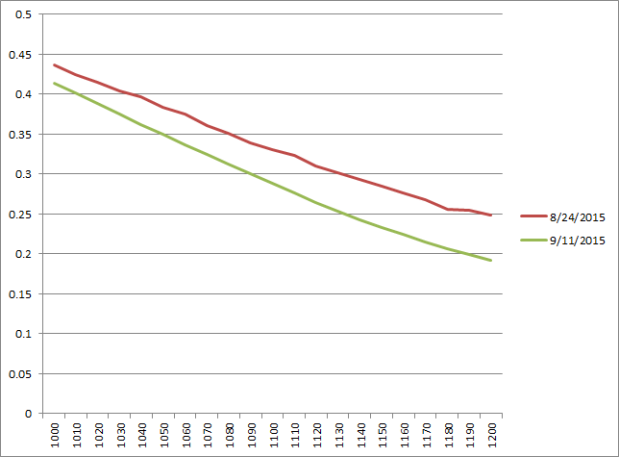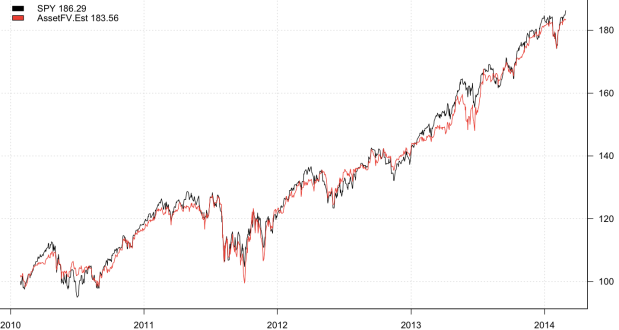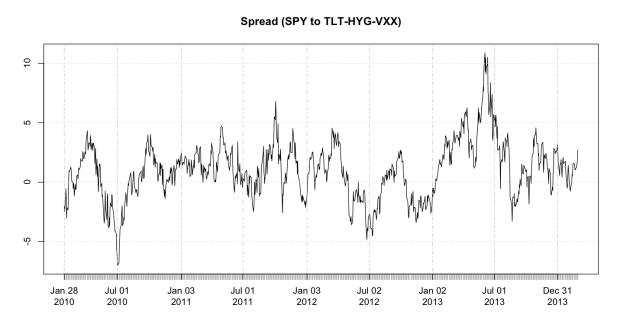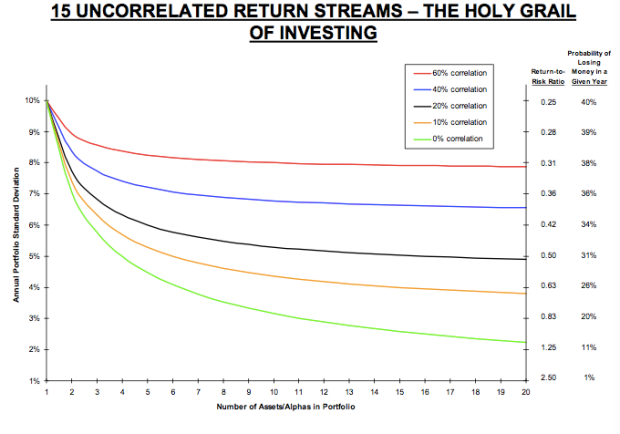When it comes to the world’s most secretive hedge fund any content is worthwhile to read. I finished the book is 3 days and had to re-read a couple more chapters to ensure I fully absorbed the couple nuggets in there. I would recommend this book to everyone!
The mystery behind how Simons discovered the “truth” is shrouded in mystery. Even googling about what they traded doesn’t yield many answers. This new book by Gregory Zuckerman was an eye opener. It revealed how Renaissance came to be including Simons early struggles.
One of the surprising things I’ve learned was that Simons was actually the money guy. Though he did trade and built up the business in the early years, he wasn’t the main guy leading the research breakthroughs. Instead Simons seem to be running side gigs like investing in start ups back in the day. People like Ax, Berlekamp, Carmona, Laufer, Mercer, and Brown were the main brains behind all the models.
Now to the trading models. Even though the author isn’t trained in finance, I really think he did a decent job explaining some of the broad concepts utilized by Renaissance in the early days. Before 1988 (right before Carmona joined), Renaissance was a typical CTA / point and click trading firm. They utilized breakout models/linear regression (page 83). What changed around that time was both Carmona and Laufer started to data mine for trading patterns as oppose to hand crafting them. This especially stood out for me personally as about a year ago I started to conduct research via data mining. As Renaissance thrived through the 90s, more than 50% of their models were data mined. (page 203) Their reasoning resonated with me a lot. “Recurring patterns without apparent logic to explain them had an added bonus: They were less likely to be discovered and adopted by rivals…”
Additional interesting tidbit:
- “Laufer’s work also showed that, if markets moved higher late in a day, it often paid to buy futures contracts just before the close of trading and dump them at the markets opening the next day.” Isn’t this the overnight premium hes talking about for equity futures? Sure sounds like it…. (page 144)
- On the subject of managing models, Laufer insisted on a single model as oppose to multiple models. (page 142) Presented with many different signals, they built a trade selection algorithm that further determines which trades to take. Strategies that did well will automatically without human intervention get allocated more money.(page 144)
- Started out trading end of day and slowly breaking down in to 2 sessions per day. Simons then suggested going down to 5 minute bars. (page 143)
- “Did the 188th five-minute bar in cocoa future market regularly fall on days investors got nervous, while bar 199 rebounded?” page(143) Looked at intraday seasonality and conditional signals. Edge layered over edge to increase probability of being right.
- Mercer and Brown took over Keplers Stat arb operation. Soon stock trading pnl was greater than futures trading.
While I am sure today’s Renaissance is far from what the booked described, the broad concepts like data mining, alternative data collection, and stat arb all play a role in their continued success in some form or fashion. Please let me know if I’ve missed anything interesting. Of course, I may have interpreted it entirely wrong. Please leave a comment below!
Bibliography:
Zuckerman, Gregory. The Man Who Solved the Market. Portfolio/Penguin, 2019.
